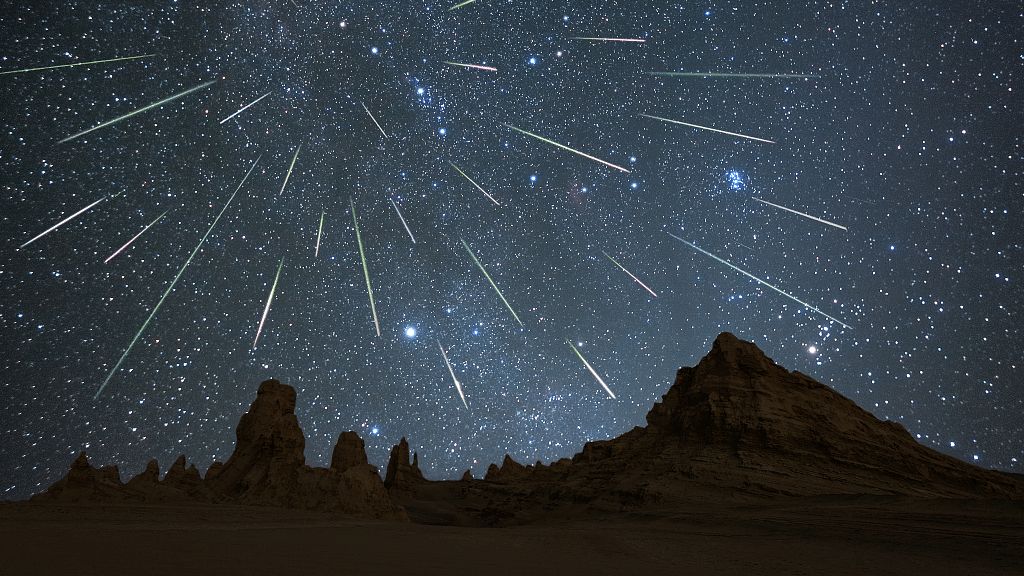
Perseid Meteor Shower Lights Up the Northern Hemisphere
Prepare for a spectacular celestial display as the much-anticipated Perseid meteor shower peaks tonight, Tuesday, into the early hours of Wednesday morning. This annual phenomenon promises to illuminate skies across the Northern Hemisphere, inviting stargazers to reconnect with the vast beauty of the cosmos. Known for producing dozens of bright meteors with long, dazzling streaks, the Perseids offer an experience that transcends mere observation, providing a profound connection to the universe.
Bill Cooke, lead for NASA’s Meteoroid Environments Office, explains the origin of this brilliance: “The Perseids are caused by Earth running into trails of debris left behind by Comet Swift-Tuttle.” Imagine our planet gracefully navigating an ancient cosmic trail, with each tiny particle igniting as it enters the atmosphere.
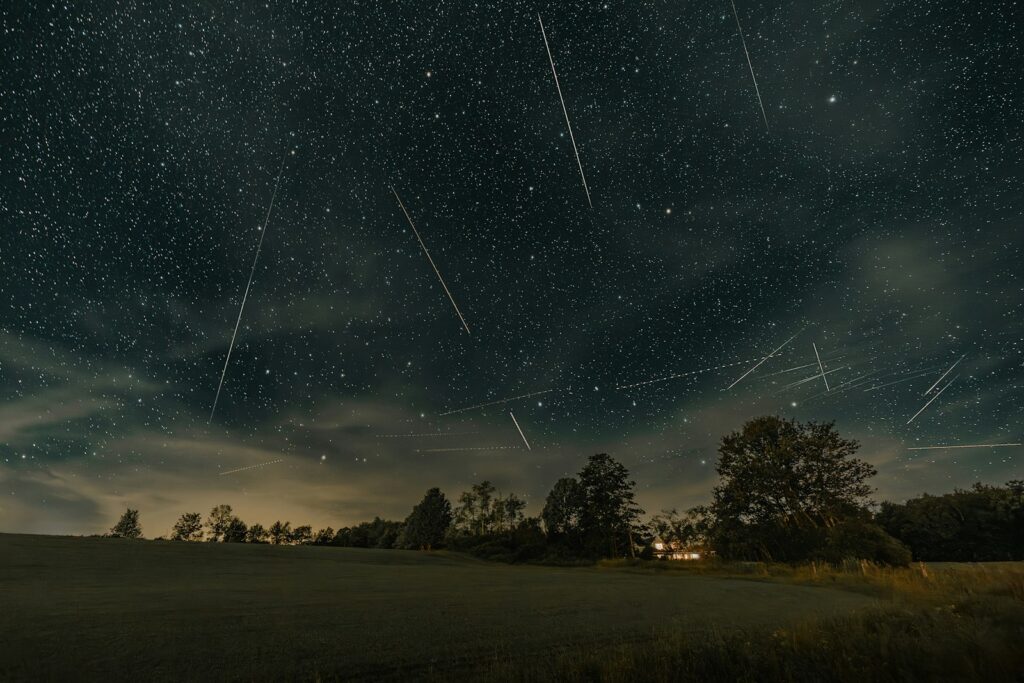
Historical Significance and Cultural Legacy
The Perseids have captivated human imagination for nearly 2,000 years. Chinese astronomers first recorded the shower in 36 A.D., highlighting humanity’s enduring fascination with the night sky. In later centuries, European observers offered their own interpretations. Kelly Beatty, senior editor at Sky & Telescope, recounts, “Historically, Catholics in England and Germany thought these were the tears, the burning tears of St. Lawrence, who was martyred on Aug. 10 in the year 258.”
Modern science has clarified the true origin of these meteors. Beatty elaborates, “And it later came to be realized that these are bits of comet that have been shed by a comet called Swift Tuttle. That comet takes 133 years to go around the sun. The comet’s nowhere nearby, but along its orbit is a just a ribbon of debris that it’s left behind. And every August at this time, we plow through that debris and those little particles hit our atmosphere at 37 miles a second. And that’s what causes those brief flashes of light.”
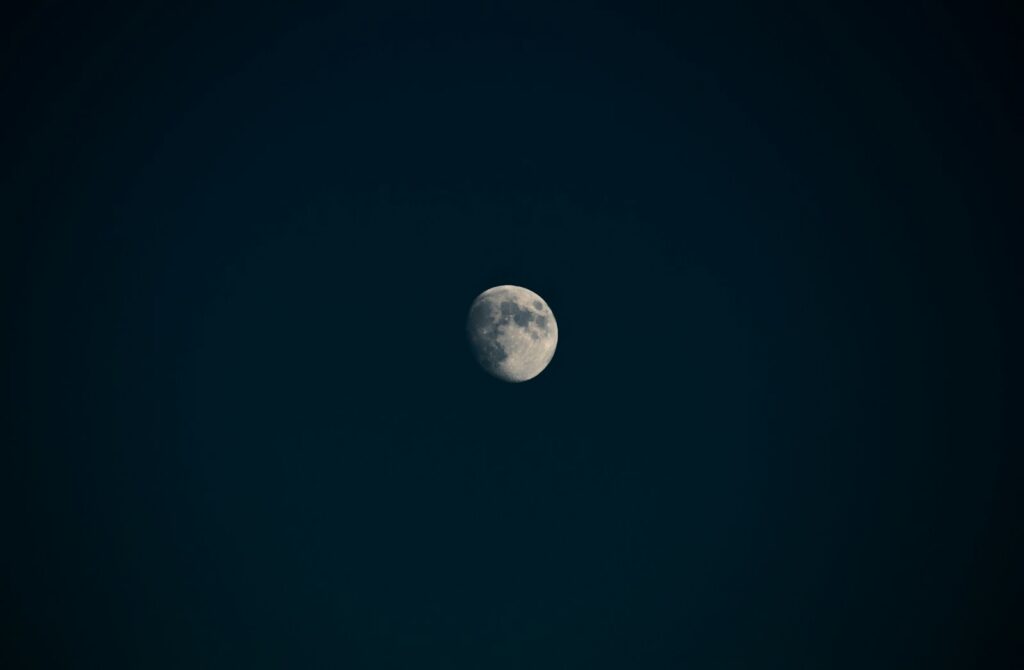
The Mechanics Behind the Meteors
The Perseid meteors are tiny fragments from Comet Swift-Tuttle, which last visited Earth’s vicinity in 1992. Named after Lewis Swift and Horace Tuttle, who discovered it in 1862, this comet leaves behind a dusty trail that intersects with Earth’s orbit each summer. As these particles burn in the atmosphere, they produce the meteors visible from Earth. The shower’s name comes from the constellation Perseus, as the meteors appear to radiate from this northern sky formation.
This year’s show will be affected by moonlight. The moon, in a waning gibbous phase at approximately 85% illumination, will make spotting fainter meteors more challenging. Bill Cooke advises realistic expectations: “The average person under dark skies could see somewhere between 40 and 50 Perseids per hour,” though with moonlight, “you’re probably going to see 10 to 20 per hour or fewer.” Kelly Beatty notes that the brightest meteors and fireballs will still be visible, offering a memorable experience even with lunar interference.
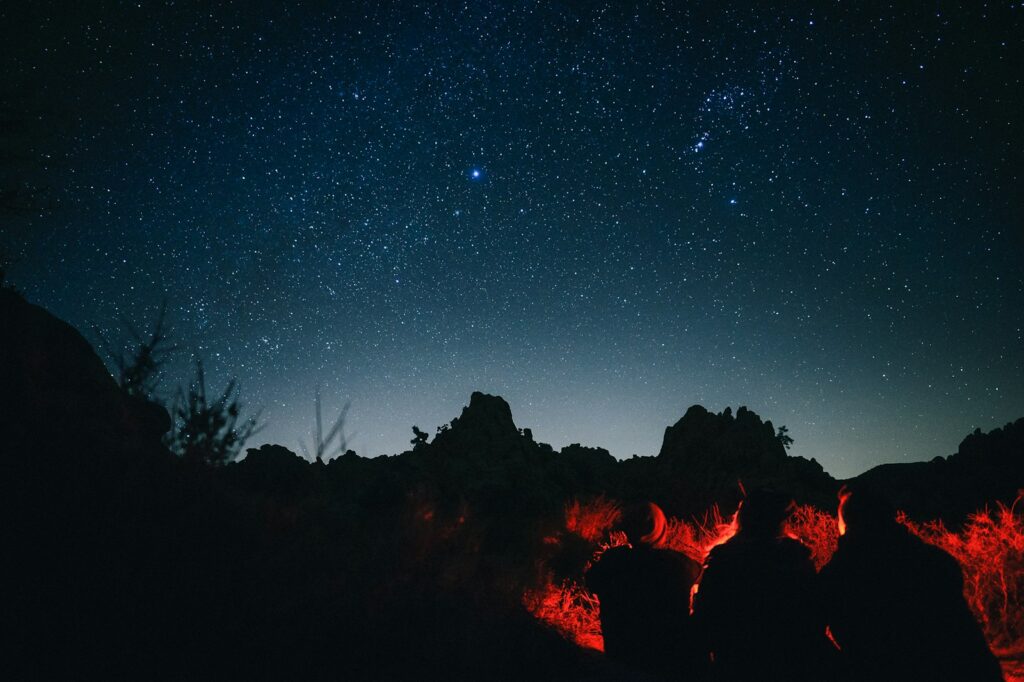
Optimal Viewing Times
Timing is key to witnessing the Perseids at their best. Cooke suggests the peak viewing window is between 2 and 4 a.m. on Wednesday morning. Robert Lunsford, fireball report coordinator for the American Meteor Society, highlights two prime windows. The first is “Between dusk and moonrise on the evening of August 12, there’s going to be a one-hour gap before the moon rises,” a chance to see rare Earth grazers that can last two to three seconds. The second window occurs in the last couple of hours before daybreak on Wednesday, when facing north toward Perseus minimizes moon interference.
Dr. Renate Mauland-Hus, an astrophysicist with timeanddate.com, explains, “During the evening and early night, our planet is rotating away from the debris field, and the meteors have to ‘catch up’ with us. But after midnight, and as we approach daytime, our planet turns into the stream—causing more meteor activity.”
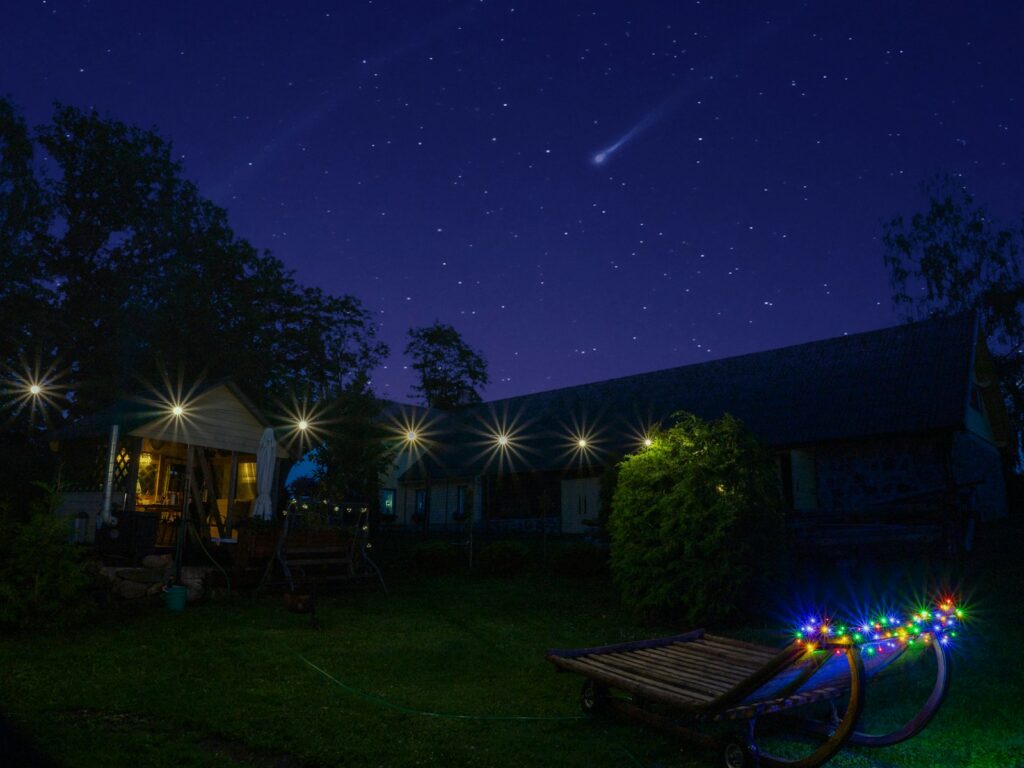
How to Watch the Perseids
Observing the Perseids does not require telescopes or binoculars. Cooke recommends, “You definitely do not want to use a telescope or binoculars, as the best way to see a meteor shower is to take in as much sky as possible.” Find a dark, safe location away from city lights, and give your eyes 30 minutes to adjust. Avoid bright screens during this time. Dressing warmly and bringing a comfortable chair or blanket enhances the experience. To reduce moonlight interference, Dr. Qicheng Zhang of Lowell Observatory suggests using shadows from trees, houses, or mountains.
The Perseid meteor shower will remain active until September 1, though Tuesday night offers the best viewing. Conditions will improve as the moon wanes toward the New Moon around August 23, offering darker skies for late-August observation.
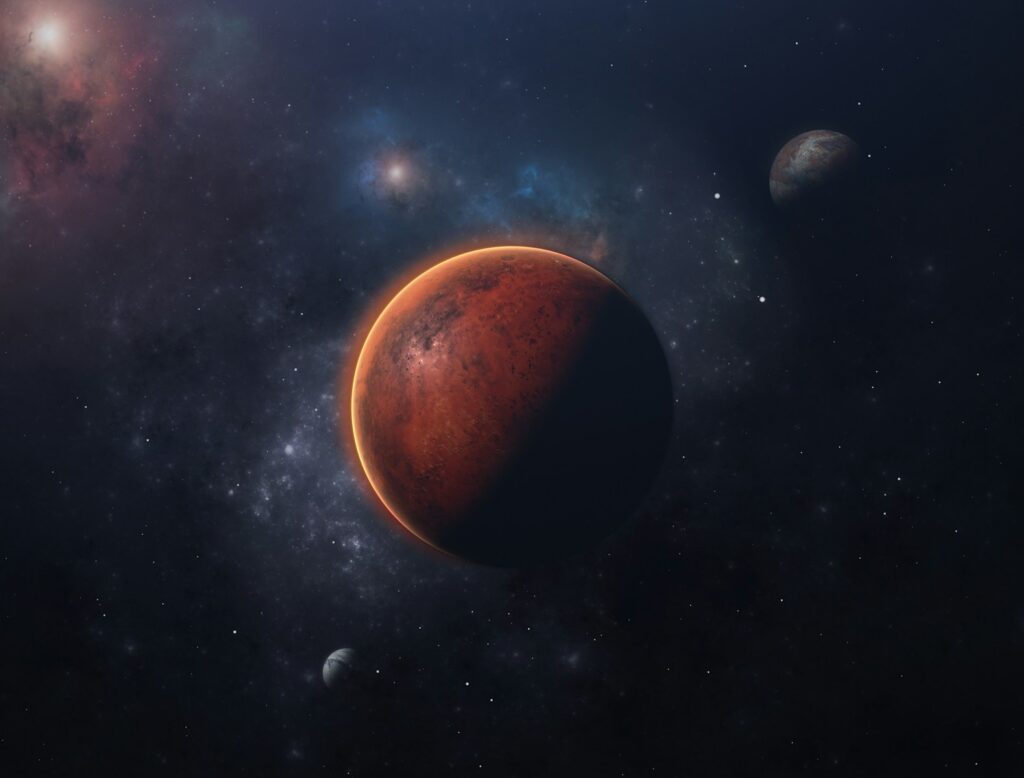
Colors, Speeds, and Planetary Companions
Meteors can appear in yellow, orange, red, or blue, depending on the material burning up. Occasionally, fireballs—exceptionally bright meteors—can outshine stars. These fragments, typically the size of sand grains, travel at 133,200 mph (214,365 kph). Friction heats the surrounding air above 3,000 degrees Fahrenheit (1,650 Celsius), causing them to glow at approximately 60 miles (97 kilometers) above Earth.
The Perseid peak coincides with a conjunction of Venus and Jupiter, visible in the eastern sky before sunrise. Robert Lunsford notes, “These are the two brightest planets,” with Beatty calling it “a fantastic view.” Saturn also rises before midnight, appearing near the moon for another celestial highlight.
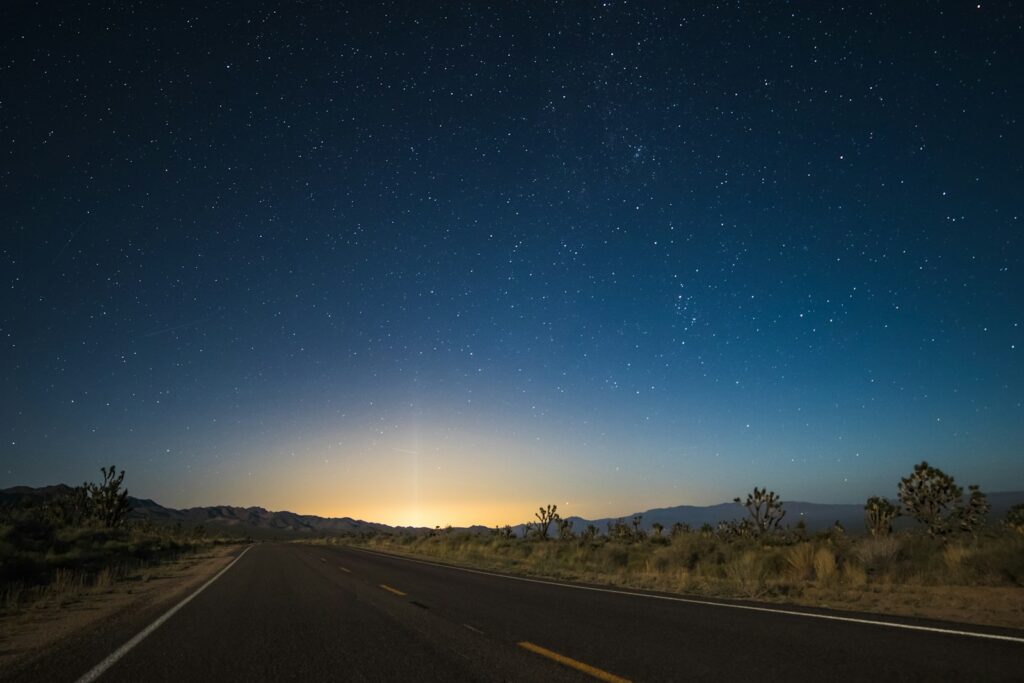
Looking Ahead to 2025
For enthusiasts inspired by the Perseids, 2025 offers additional meteor showers, including the Draconids, Orionids, and Geminids, each with unique viewing opportunities. The year also brings four full moons, including supermoons in October, November, and December, and two significant eclipses: a total lunar eclipse on September 7-8 and a partial solar eclipse on September 21.
Concerns about Comet Swift-Tuttle are unfounded. Brian Marsden’s refined calculations confirm it will pass 15 million miles from Earth on its next orbit, allowing safe observation of the Perseids without worry.
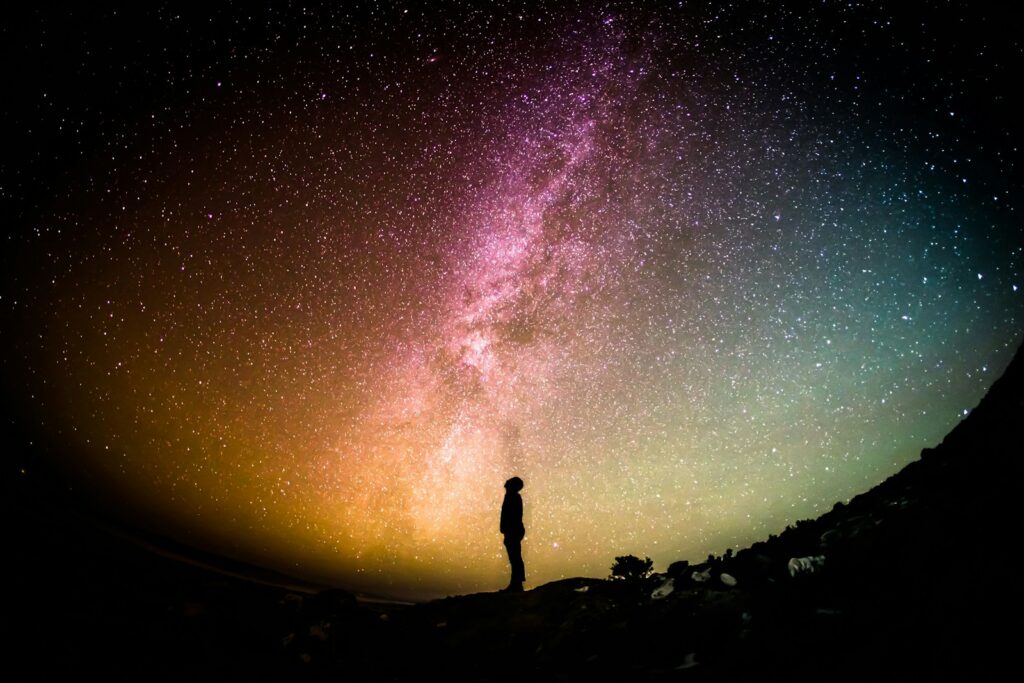
Embracing the Cosmic Experience
The Perseid meteor shower invites viewers to pause, look up, and witness fleeting streaks of light that connect Earth to the farthest reaches of the solar system. Gather loved ones, find a dark sky, let your eyes adjust, and enjoy the silent, spectacular performance. The universe is putting on its most dazzling show, and each meteor is a shimmering jewel from ancient cosmic trails.



